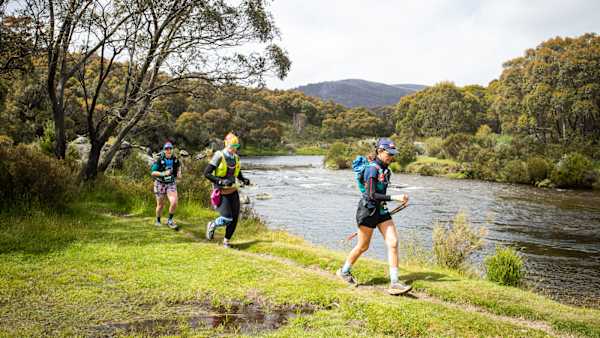IT may not be as high as Mt Everist but Mt Buller has a peak all its own and is soon to become a favourite climbing place for those who love an adventure challenge.
The Via Ferrata on Mt Buller is continuing to be established and is expected to open its ‘route 1’ by December 28 this year.
“Permits were given and all conditions were met in March 2023 and we started building straight after that until the snow fell, instigator and coordinator of the project, James Webb said.
“So far, we have drilled about 700/1000 holes and installed about 50 stemples.
“Work will continue at the end of this snow season.”
Route 1 will be the shortest and easiest route, perfect for beginners and first timers and will also feature a continuous safety line (Steel cable).
This means that once you are connected to the cable you cannot come off (unless in an emergency) until the end.
It is expected that this route will take about three hours to complete and will include two wire bridges, lots of exposure and height to make everyone go “wow we are high”.
When completed Via Ferrata is expected to have three routes and are all between 1500 – 1700m in elevation.
“The views are absolutely incredible and will include the Delatite Valley, Lake Eildon, the Paps, the Strathbogie Ranges, Samaria Range, Timbertop and the Bluff,”
“It is hard to argue, that on a good day, the view from on top of Mt Buller in nearly all directions, is breathtaking,” James said.
The Via Ferrata is also known as “Rockwire”.
Via Ferrata is a mountain activity that is similar to scrambling and rock climbing, but considerably safer and without the need of years of experience that climbing a mountain would normally require.
The reason being is that a climber is permanently attached to an iron cable that is bolted into the mountain as you follow the route.
Assisted also by metal rungs called ‘Stemples’ and other metal aids attached to the rock so one can step and hold onto, it literally is as simple as being able to climb a ladder, just with a great view to go along with it.
Via Ferrata started in the Italian Dolomites back in 1880s but were more widely installed during WW1 to assisted the Italian troops move between Italy and Austria.
“Since the world wars these via ferrates have been maintained and added too, so recreationalist can enjoy them as well.
Now there are literally 100s of routes across Europe, particularly in Italy, France, Austria, Switzerland, Germany (where they it’s called ‘klettersteig’) and Slovenia,” James explained.










